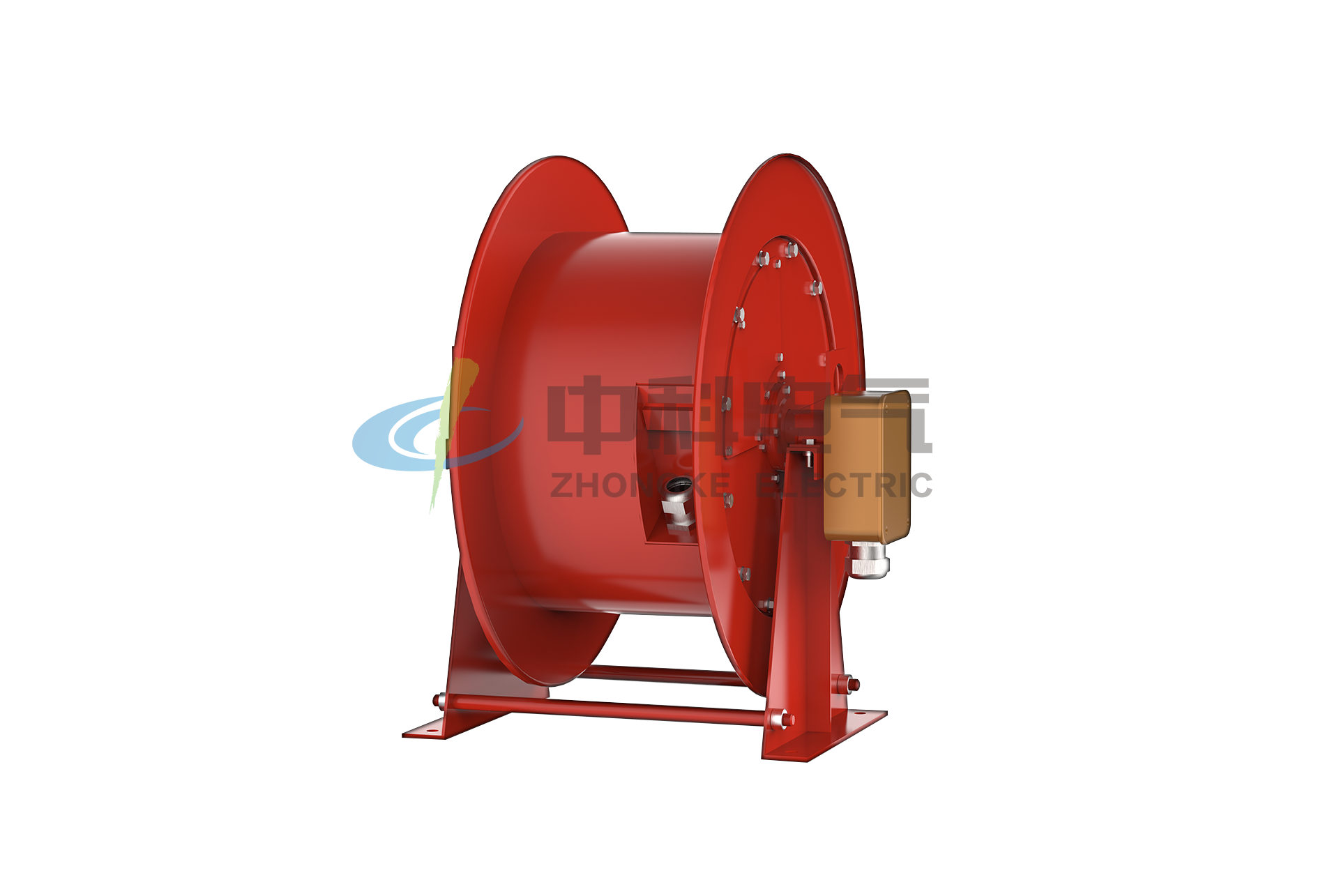Contact Person: Eric Wang
Tel: 0730-8688890Phone: 15173020676
E-mail: wangfp@cseco.cn
E-mail: wangfp@cseco.cn
Address: Zhongke Industrial Park, Yueyang Economic & Technological Development Zone, Yueyang, Hunan, China
Views: 0 Author: Site Editor Publish Time: 2024-09-09 Origin: Site









Lifting electromagnets are a remarkable technological innovation that has transformed the landscape of heavy-duty lifting and transportation. These devices use electromagnetic force to lift and move heavy objects, offering a safer, more efficient, and versatile alternative to traditional mechanical lifting methods. Their ability to be activated and deactivated at will makes them a flexible solution for various industrial applications, from manufacturing and construction to logistics and recycling. As industries continue to seek ways to improve operational efficiency and reduce costs, lifting electromagnets stand out as a pivotal tool in modern engineering and industrial practices. Understanding their operation and benefits is crucial for any business looking to enhance their material handling processes.
The working principle of a lifting electromagnet is rooted in the principles of electromagnetism, specifically the generation of a magnetic field through electric current. When an electric current passes through the coil of an electromagnet, it generates a magnetic field around the coil. This magnetic field can be concentrated and strengthened by wrapping the coil around a core material, such as iron, which is easily magnetized. The strength of the magnetic field, and consequently the lifting capacity of the electromagnet, depends on several factors: the amount of current flowing through the coil, the number of turns in the coil, and the material of the core.
To lift an object, the electromagnet is brought into contact with or close to the object. When the current is turned on, the electromagnet generates a magnetic field strong enough to magnetize the object, effectively attaching it to the magnet. To release the object, the current is turned off, and the magnetic field dissipates, allowing the object to be safely lowered or moved. This on-off mechanism provides precise control over the lifting and placement of heavy objects, making lifting electromagnets a crucial tool in various industrial and construction applications.
Lifting electromagnets come in various types, each designed to cater to specific industrial needs and applications. The most common types include circular electromagnets, rectangular electromagnets, and specialized electromagnets for unique applications. Circular electromagnets, as the name suggests, have a circular shape and are commonly used for lifting cylindrical or round objects. Rectangular electromagnets, on the other hand, are designed to lift flat or rectangular objects, providing a larger surface area for contact and, consequently, a more secure lift.
Specialized electromagnets are designed for unique applications, such as lifting scrap metal in recycling plants or handling steel sheets in manufacturing. These electromagnets may have additional features like automatic on-off mechanisms or adjustable magnetic strength to suit specific operational requirements. The choice of electromagnet type depends on factors such as the shape and size of the objects to be lifted, the lifting environment, and the specific requirements of the task at hand.
Lifting electromagnets find applications across a wide range of industries, demonstrating their versatility and efficiency in handling heavy loads. In the manufacturing sector, they are extensively used for lifting and moving steel plates, coils, and other heavy components, streamlining the production process and reducing the risk of injury associated with manual handling. Their ability to lift heavy loads with precision makes them invaluable in assembly lines and fabrication shops.
In construction and demolition, lifting electromagnets play a crucial role in moving heavy materials like steel beams, reinforcing bars, and concrete blocks. They enable quick and efficient handling of these materials, which is essential in large-scale construction projects. In recycling and waste management, electromagnets are used to separate ferromagnetic materials from non-magnetic waste, facilitating the recycling process and enhancing operational efficiency. Their widespread use in these industries underscores their importance in modern material handling and processing.
Lifting electromagnets are a vital tool in modern industry, offering efficient, safe, and flexible solutions for handling heavy materials. Their ability to generate a strong magnetic field on demand makes them indispensable in various applications, from manufacturing and construction to recycling. As industries continue to evolve, the importance of electromagnets in enhancing operational efficiency and safety cannot be overstated. Their widespread adoption across sectors highlights their significance in contemporary industrial practices. For businesses looking to improve their material handling processes, investing in lifting electromagnets is a step towards greater efficiency and productivity. Understanding their operation, benefits, and applications is crucial for leveraging their full potential in industrial operations.